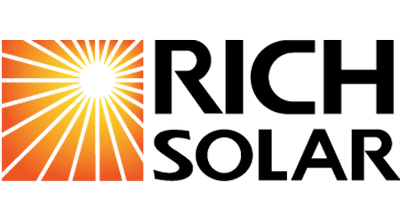Did you know that the amount of sunlight striking the earth’s surface in just an hour and a half can provide the world’s energy needs for one year? Solar energy is that powerful, and using solar panels to convert the sun’s energy into electricity is now being practiced in many countries across the globe. It’s proving to be an efficient alternative source of energy that can both be economical and environmentally friendly.
Solar Energy vs. Solar Power
Solar energy refers to any kind of energy produced by the sun; typically, this means the light and heat the sun emits. On the other hand, solar power refers to the energy coming from the sun that is transformed into electrical or thermal energy. Although the terms are used interchangeably, the distinction between solar energy and solar power is important, especially when discussing solar panels.
There are two main ways to convert the sun’s energy into solar power: concentrated solar power (CSP) or photovoltaic (PV) cells. Concentrated solar power refers to the process in which sunlight is concentrated on an area with water which is transformed into steam, which generates power. PV cells are electronic components that can generate electricity when exposed to particles of light or photons. The conversion of sunlight into electricity is called the photovoltaic effect.
How a Solar Panel Works
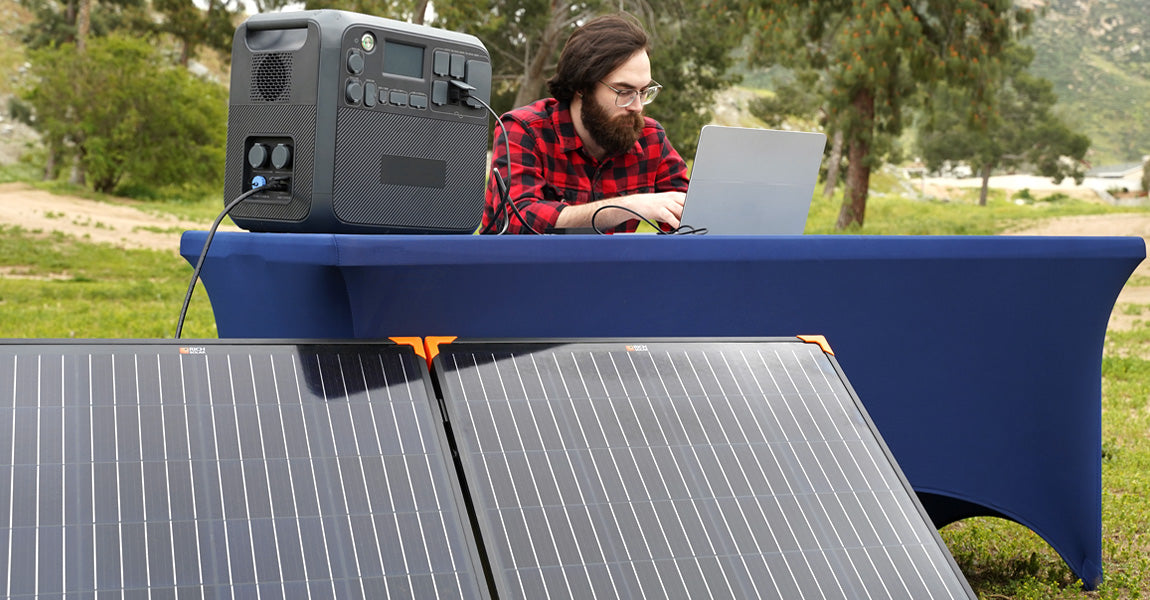
Solar panel systems provide an efficient, economical, and eco-friendly way to generate electricity that can power up buildings, family homes, recreational vehicles (RVs), and more.
Solar panels work through PV cells; when sunlight shines on a solar panel, the PV cells absorb the solar energy creating an electrical charge that moves because of an internal electrical field in the PV cell. Electricity then flows to the edge of the solar panel, and into a conductive wire. The conductive wire brings electricity to an inverter, converting it from direct current (DC) to alternating current (AC).
Another wire will carry the AC from the inverter to wherever it needs to go, distributing the electricity as per demand. With grid-tied systems, any excess electricity flows through the meter, running it backward, and into the electrical grid, adding credit to your next bill.
Types of Solar Systems
Solar panels are the most important part of a solar power system as they’re the ones that make the whole thing work. However, the difference between your solar systems may affect what kind of solar panel you get.
The main difference between solar systems used for places like residential homes and RV’s or vans is the size and its connection to the electrical grid. When talking about solar systems, there are two main types: grid-tied and off-grid systems.
Grid-Tied/On-Grid
Grid-tied solar systems, sometimes called on-grid systems, are solar systems that tie directly into the common electrical grid. Solar panels are still used to generate electricity from the sun and power your home. However, when your energy output is higher than what your system brings in, your system will pull from the electricity grid.
These systems are usually tied to a residential home, offering a nice introduction to alternative energy and getting off-grid reliance to most homeowners as they’re typically less expensive than going off-grid. Any excess energy produced will be sent to the grid, adding credits to your bill to the point where you may even get a refund.
Large roof-mounted solar panels with high wattage are ideal for these grid-tied systems, like the 410-watt solar panels from RICH SOLAR. Using high-wattage solar panels is essential for powering any home or cabin that’s still connected to the grid.
Off-Grid System
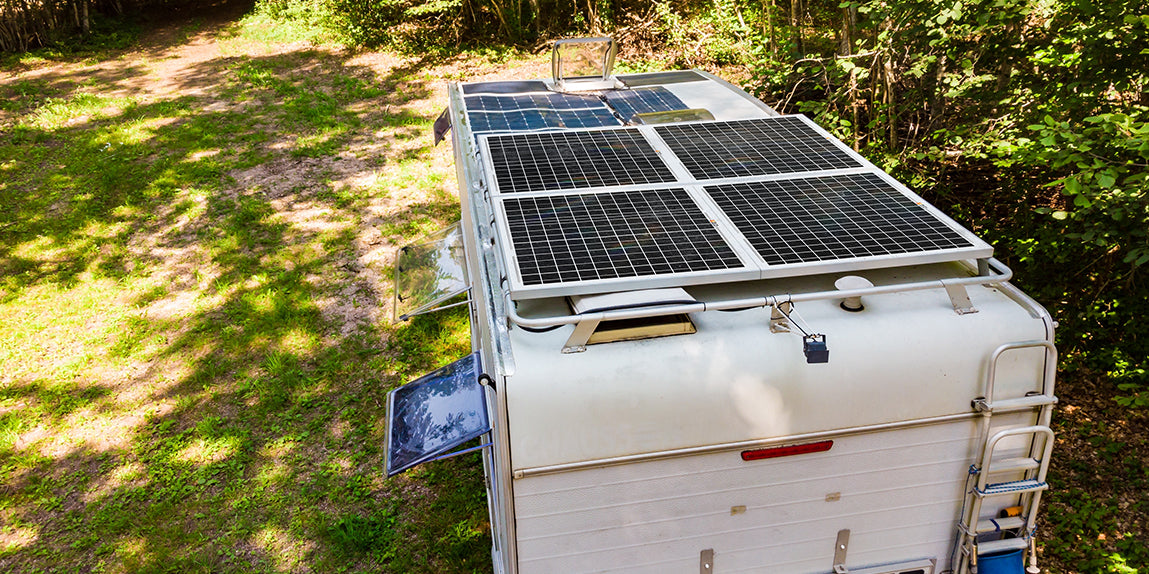
Off-grid systems can generate electricity without relying on the grid, unlike grid-tied systems which use the electrical grid as a backup. They work like grid-tied systems by pulling energy from the sun from panels mounted on the roof.
In addition to the items you’d need for a grid-tied system, you’ll also need a battery and charge controller. The battery stores energy while the controller prevents the battery from being overwhelmed. Off-grid systems are useful for off-grid grid options, such as RVs, vans, cabins, and general camping.
Although roof-mounted solar panels are popular for off-grid living spaces like RVs, portable solar panels are also a choice for anyone who is consistently on the go and isn’t reliant on an electrical grid.
Types of Solar Panels
Currently, there are three types of solar panels: monocrystalline, polycrystalline, and amorphous or thin-film solar panels. Each one does the same job of absorbing solar rays and converting them into electricity. The difference between them is price, effectiveness, and application.
Monocrystalline Panels

Monocrystalline solar panels are made from single crystals of silicon. They are typically considered the best type because of their reliable performance, compactness, and long-lasting life. However, they are the most expensive of the solar panel types. Nevertheless, monocrystalline panels are essential to renewable energy, so much so that RICH SOLAR specializes in monocrystalline solar panels.
2. Polycrystalline Panels
Polycrystalline solar panels come from small and different silicon fragments instead of just one. The small pieces are melted together to form one piece. However, they are less efficient and durable than monocrystalline panels, they are less expensive and still reliable. Because of this, they are excellent for anyone looking to get into solar power with a budget.
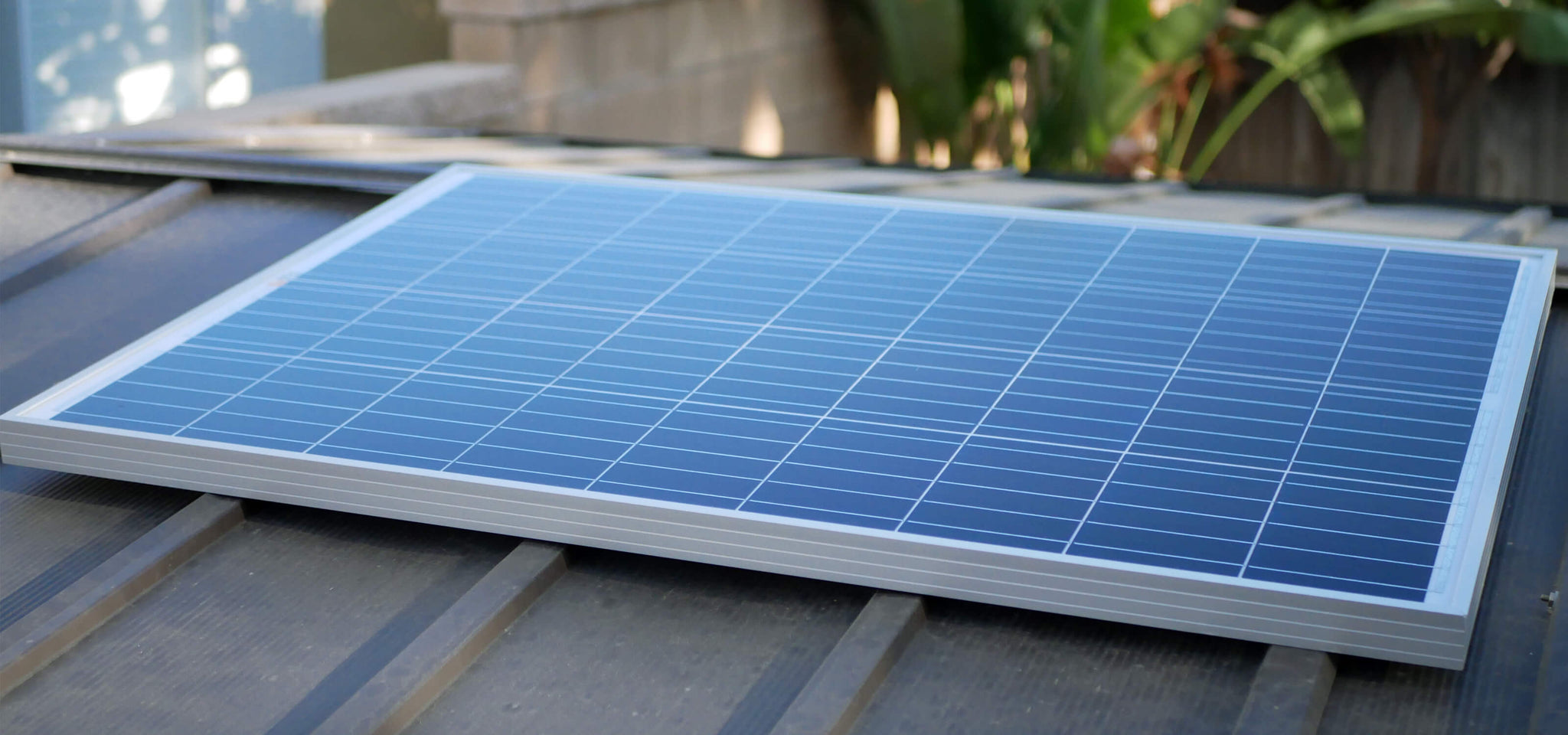
3. Amorphous Panels

Amorphous solar panels, also known as thin-film panels, are flexible solar panels. Although they are less efficient than mono and polycrystalline panels, amorphous panels are great for various applications. They can come in different sizes, are great for emergencies, and can easily be installed in awkward corners or places due to their flexibility.
How Many Solar Panels Do You Need?
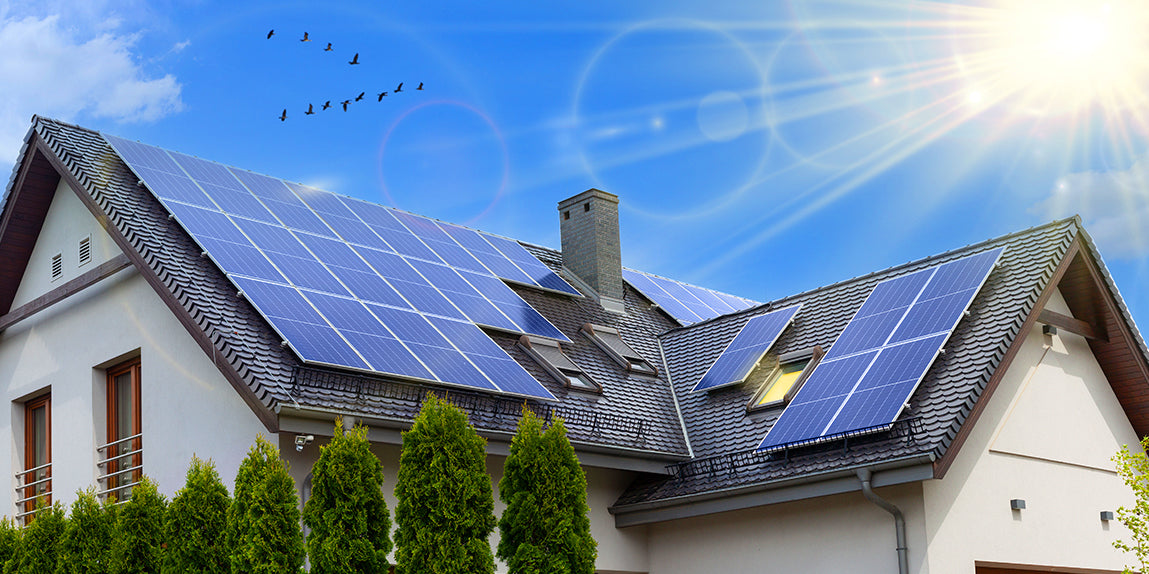
When finding out how many solar panels you need, you have to find out the wattage amount, or watts, that you use. One way to estimate energy production is through the PVWatts Calculator from the National Renewable Energy Laboratory.
The calculator estimates the energy production of grid-tied systems to provide an estimate of what you may need. It is mainly for residential homes, so anyone with an off-grid situation, such as RVs or cabins in remote areas is better off getting a closer estimate.
In order to find how many panels you need for an off-grid system, you’ll need to calculate a few things. The first thing you need to find is your annual kilowatt-hours (kWh) for all your appliances.
If you only know the wattage of an appliance, plug it and the hours per day you use the appliance into this equation to discover the kWh:
Daily kWh = (Wattage * time) ÷ 1000
If you can’t find the exact wattage of your appliances, you can estimate your kwH using this appliance energy chart from Silicon Valley Power. If the appliance doesn’t have the annual/yearly kWh, you’ll need to first adjust to find your daily kWh.
For example, if you have a portable heater that uses 1.5 kWh per hour, and you use it on an average of about five hours a day, you’ll plug it into the equation like so:
Daily kWh = 1.5 kWh * 5
Your portable heater’s daily kWh will be 7.5 kWh. When you have your daily kWh, multiply it by how many days a year you use the appliance and you’ll receive your annual kWh. To continue with the example, let’s say you use the space heater for an average of 60 days out of the year, your equation will look like this:
Annual kWh = 7.5 kWh * 60 days
The same goes for monthly kWH. For example, if you have a freezer in your cabin that uses 44 kWh per month, and you use it five months out of the year, your equation will look like this:
Annual kWh = 44 kWh * 5 months
Once you find out your annual kWh, you’ll need to find your area’s peak sunlight hours; the National Renewable Energy Laboratory developed this chart to help you find it. Once you’ve done that, take the amount, the peak sunlight hours, and the wattage of a solar panel you’re looking to use and plug it into this equation:
Annual kWh ÷ Peak Time = Total Watts Needed
After that, take the Total Watts Needed and divide that with the wattage of a solar panel. We recommend starting with a 200W panel as a base, however, if you have another solar panel in mind to use, plug it into the equation as shown below.
Total Watts Needed ÷ Solar Panel Watts = # of panels
For further help calculating how many solar panels you need, speak with a RICH SOLAR Tech Support technician. They are there to help you find the right solar panel to fit your energy needs.
Solar Energy Is the Way of the Future
Using solar panels as an energy source is a great decision if you wish to save money and help protect the environment at the same time. Invest in the type and brand that suits your needs the most. Don’t hesitate to speak to a RICH SOLAR certified expert if you have any questions about solar panels. We’re here to help.
